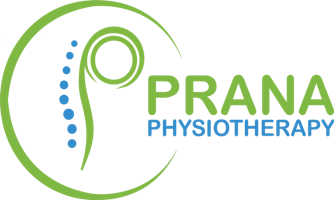News
Hands-on PT is more effective than medications for headaches

Most common type of headache is not understood well
A tension-type headache is what we think of as a normal, everyday type of headache. They are usually described as a mild or moderate pain that feels like a tight band around the head. Tension-type headaches are the most common type of headaches in the world, but the causes that lead to them are not well understood. The most commonly used treatment for tension-type headaches are pain medications, but physical therapy and relaxation therapies are also prescribed by many doctors. Although physical therapy is believed to be an effective treatment for these types of headaches, more research is needed to investigate its effects. One type of physical therapy called manual therapy-in which the therapist performs different types of mobilizations and manipulations with their hands-is of particular concern for this condition. For this reason, a very high-quality study called a systematic review was conducted to compare manual therapy to pain medications for tension-type headaches. This review was followed by a meta-analysis, which interpreted the data found with the goal of determining which treatment was more effective for these headaches.
Five studies are used for the review
To gather data for the review, 10 major medical databases were searched for studies that investigated manual therapy compared to pain medications to treat tension-type headaches. Only randomized-controlled trials were accepted, which are considered the highest quality single studies available in research. This search led to a total of five randomized-controlled trials being accepted for the review and analysis, which contained data on 206 patients with tension-type headaches.
Manual therapy found to be more beneficial for patients than medications
Results from the meta-analysis supported manual therapy over pain medications. This was due to the fact that manual therapy reduced the frequency, intensity and duration of tension-type headaches more than pain medications in the short term. At a longer follow-up period of 20-24 weeks, there were no differences between the two treatments. One explanation for this, however, is that patients treated with manual therapy most likely stopped after the treatment period. Those on medications, on the other hand, may have continued to take them as needed. Based on this, manual therapy still seems to be a better treatment than pain medications for tension-type headaches, at least in the short term. More research will help to further expand on the findings of this study, but it appears that manual therapy is a smart and effective option for treating this common type of headache.
-As reported in the December '15 issue of Cephalalgia
Disclaimer:
The information in the articles, posts, and newsfeed is intended for informational and educational purposes only and in no way should be taken to be the provision or practice of physical therapy, medical, or professional healthcare advice or services. The information should not be considered complete or exhaustive and should not be used for diagnostic or treatment purposes without first consulting with your physical therapist, occupational therapist, physician or other healthcare provider. The owners of this website accept no responsibility for the misuse of information contained within this website.
